(Letson vs. Phillips - Courtesy Scott Hirano, Invicta FC)
MMA Newsline reached out to me a few weeks ago to join their staff and I was delighted to start covering more of the men’s end of fighting. This began with a bang with my live on site coverage of Bellator 170 and Glory 37. I have run WombatSports.com for over seven years now, which focuses on the female divisions of combat sports; and covered them for over a decade overall.
The editorial staff asked me to do an article about a question they had on the female divisions of MMA and felt obliged to give them an answer.
“With women’s MMA developing fast, why are they still behind the men?”
The simple answer would be time, but why has development become faster in the past few years?
To answer the question more thoroughly, we need to dig into the history of women competing in MMA.
About a decade after the sport of MMA started, women started to fight. It started in Japan under the Smackgirl banner (which became JEWELS then DEEP-JEWELS of today). The US soon followed with Hook-n-Shoot, which saw the start if many legends including Kaitlin Young, Julie Kedzie, Roxanne Modafferi, Tara LaRosa, and former UFC champion Miesha Tate.
Even with that list of up and coming talent, the divisions weren’t deep. Also they, like the men in the beginning of the sport, were coming from individual disciplines. At this time, the men’s side was developing actual MMA systems and refining their techniques.
A big problem was also women weren’t allowed in many male gyms. Many felt they would cause “drama” and disrupt training. Jackson/Winkeljohn MMA was the first to overcome this myth, setting up a women’s team. American Top Team soon followed.
The other problem was stars. There wasn’t positive exposure for women, let alone the men, in the sport at the beginning of the millennium. It took Gina Carano, a national tv star on “American Gladiators”, and Oxygen’s “Fight Girls” to bring female fighting to new eyes in 2006.
Carano, who fought at featherweight, caused many fighters to go up in weight for fights. Strikeforce soon added the 135 division, with Bellator adding a 115 pound division. (I did a piece about the featherweight division here that explains why it is currently in decline.)
Around 2010, Tuff-n-uff started to help develop the women’s amateur divisions, something the men have had for years.
One star that came out of this was a Olympic Judo medalist Ronda Rousey. When she signed to Strikeforce and then the UFC bought them out, White finally conceded and let women fight in the UFC.
It wasn’t until Invicta’s inception in 2012 where the flyweights and atomweights came into the mix and the modern set up completed what is the current state of the sport.
Why aren’t we seeing more women in the sport and more pure MMA fighters?
Modern MMA gyms and amateur divisions for women are still relatively young. We are also seeing more international talent who are crossing over, seeing more money in the MMA than their respective disciplines.
We are also seeing Rousey and other female fighters encouraging the younger generation that this is a viable option. We are still waiting for them to get old enough to compete. Many of the competitors now started in their mid-20’s, with many not having athletic experience at all before training.
Even though there is progress, it still has a ways to go. Time will be a major factor, but with more opportunities to train and compete, it won’t be long before women will be on the same level as men.













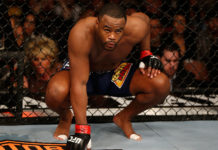
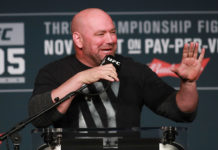

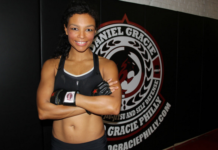







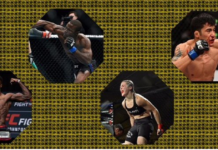
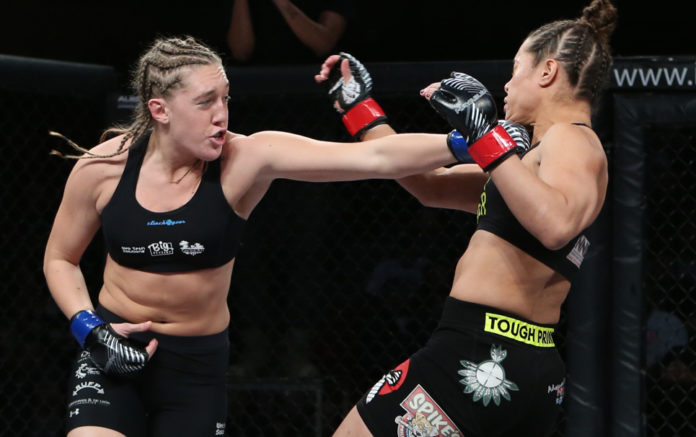
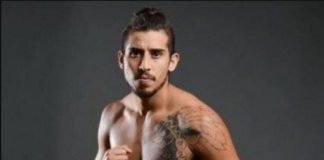






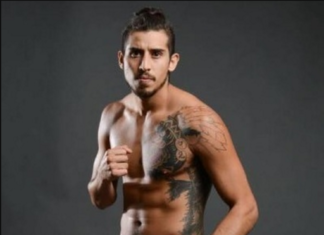
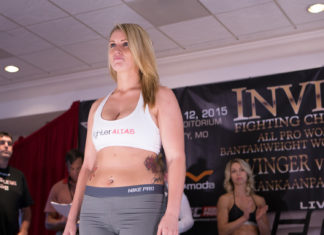




[…] of which, there was an interesting article on why the women’s division is taking so long to catch up with the men by Wombat editor Marq […]
Comments are closed.